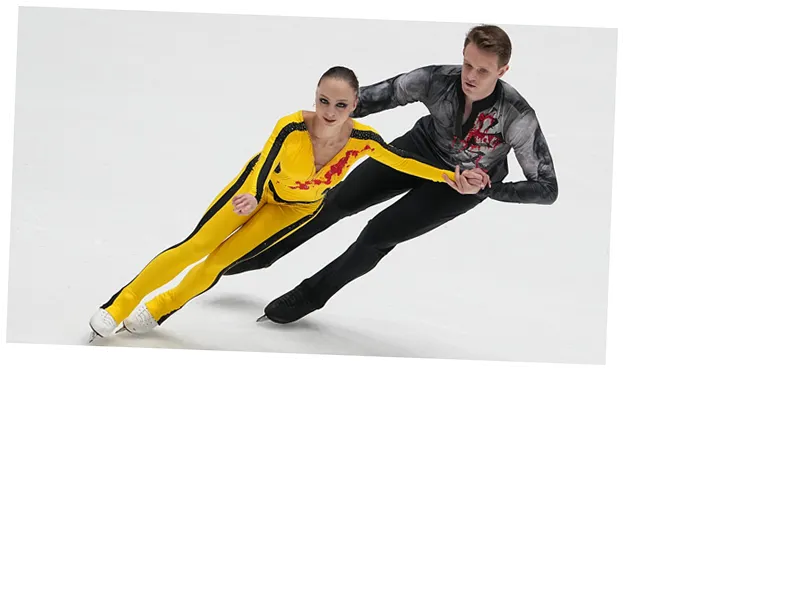The competition at the Russian Grand Prix in Moscow illustrated the growing depth of talent in Russian figure skating, particularly in men's and women's singles, as well as ice dance.
Fedorov's performance indicates a shift in the competitive landscape, where younger skaters are not only participating but also challenging seasoned athletes, suggesting a bright future for Russian figure skating.
Petrosyan's dominance in women's singles reflects a broader trend of increasing technical difficulty among female skaters, which may influence training and competition strategies moving forward.
As younger skaters continue to emerge and challenge established athletes, we may see a shift in the hierarchy of Russian figure skating, with potential new champions rising in the coming seasons.
The increasing complexity of routines, particularly in men's singles, suggests that future competitions will feature even more challenging elements, raising the bar for all competitors.
The ongoing isolation of Russian athletes may continue to foster a competitive environment that enhances performance quality, potentially leading to stronger showings on the international stage when opportunities arise.
At the recent Russian Grand Prix stage in Moscow, Grigory Fedorov emerged as a standout performer in the men's tournament, despite ultimately losing to Evgeny Semenenko by a narrow margin of 0.56 points. Fedorov's impressive performance included over 200 points in the free program, showcasing his skill with four quadruple jumps. Semenenko, while victorious, faced challenges in his routine, including a double 'butterfly' instead of a quadruple rittberger, which contributed to his lower technical score compared to Fedorov.
In the women's singles, Adelia Petrosyan dominated with a score of 251.57 points, significantly outpacing her competitors, including Darya Sadkova and Ksenia Gushchina. Petrosyan's routine featured a triple axel and two quadruple toe loops, highlighting her technical prowess and artistry. Sadkova's second-place finish was largely due to her execution of quadruple jumps, though her overall performance did not match Petrosyan's difficulty and execution.
The competition showcased a notable increase in the complexity and stability of performances among Russian figure skaters, particularly in men's skating. The confinement of athletes within the country has led to heightened competition, resulting in improved performances and a more engaging spectator experience. This shift has allowed younger skaters to emerge as serious contenders, challenging established athletes.
In ice dance, Alexandra Stepanova and Ivan Bukin maintained their status as the top pair in Russia, despite increased competition from younger duets. Their performance, while still impressive, faced scrutiny as they navigated the pressure of being the frontrunners. The competition highlighted the evolving landscape of Russian figure skating, with new talents pushing the boundaries of performance and artistry.





